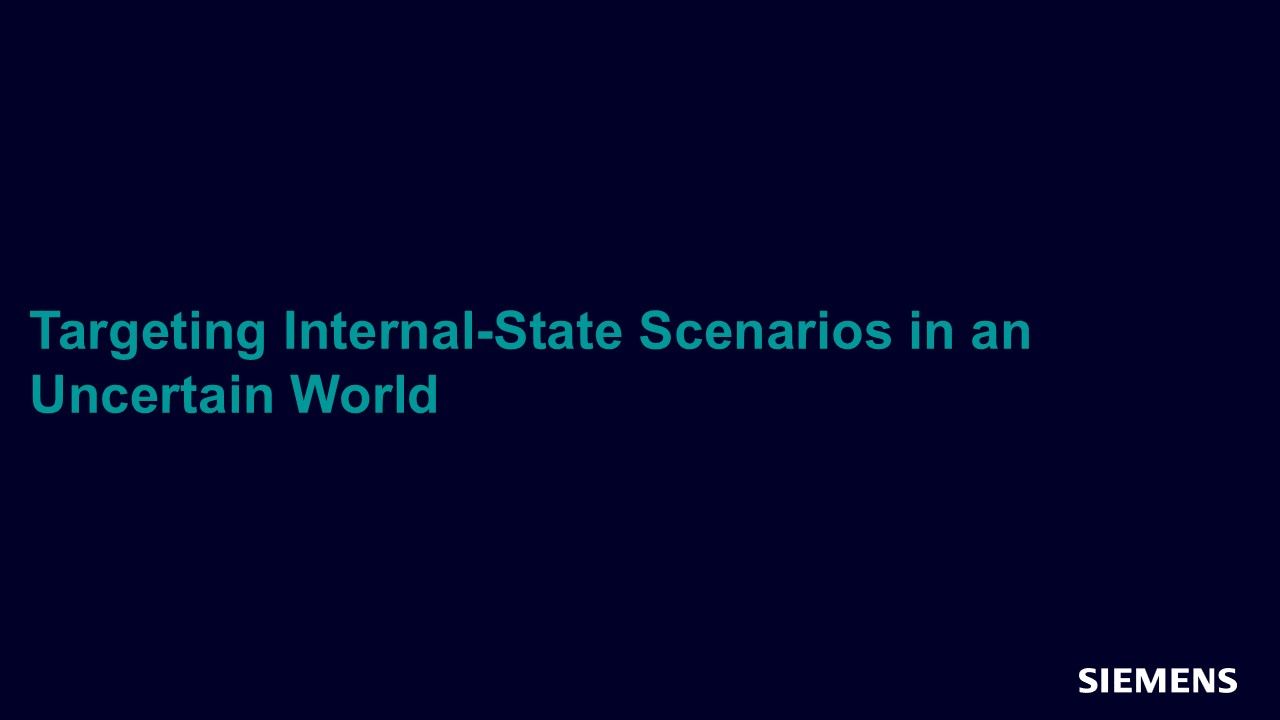Targeting Internal-State Scenarios in an Uncertain World
The challenges inherent in verifying today's complex designs are widely understood. Just identifying and exercising all the operating modes of one of today's complex designs can be challenging. Creating tests that will exercise all these input cases is, challenging and labor-intensive. Using directed-test methodology, is challenging to create sufficiently-comprehensive tests to ensure design quality, due to the amount of engineering effort needed to design, implement, and manage the test suite.

Full-access members only
Register your account to view Targeting Internal-State Scenarios in an Uncertain World
Full-access members gain access to our free tools and training, including our full library of articles, recorded sessions, seminars, papers, learning tracks, in-depth verification cookbooks, and more.